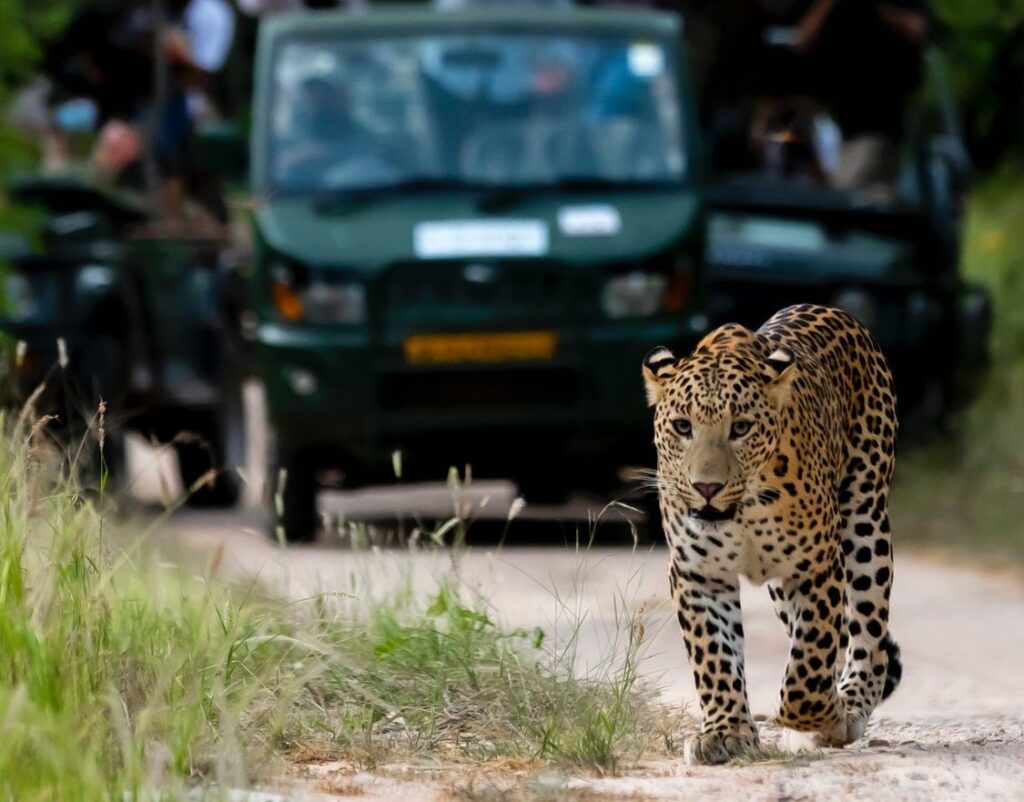

Rajasthan's beautiful ‘Pink City’ Jaipur, was the stronghold of a clan of rulers whose three hill forts and series of palaces in the city are important attractions. Jaipur's bazaars sell embroidered leather shoes, blue pottery, tie and dye scarves and other exotic wares. Western Rajasthan itself forms a convenient circuit, in the heart of the Thar desert which has shaped its history, lifestyle and architecture.
The story goes that in 1876, the Prince of Wales visited India on a tour. Since the colour pink was symbolic of hospitality, Maharaja Ram Singh of Jaipur painted the entire city pink. The pink that colours the city makes for a marvellous spectacle to behold. Jaipur rises up majestically against the backdrop of the forts Nahargarh, Jaigarh and Garh Ganesh Temple.
Jaipur traces back its origins to 1727 when it was established by Sawai Jai Singh II, the Raja of Amber. He shifted his capital from Amber to the new city because of the rapidly-growing population and an increasing water scarcity. Noted architect Vidyadhar Bhattacharya used the established principles of Vastu Shastra to build the city.
Planned by Vidyadhar Bhattacharya, Jaipur holds the distinction of being the first planned city of India. Renowned globally for its coloured gems, the capital city of Rajasthan combines the allure of its ancient history with all the advantages of a metropolis. The bustling bazaars of Jaipur, famous for Rajasthani jewellery, fabrics and shoes, possess a timeless quality and are surely a treasure-trove for the shoppers. This fascinating city with its romantic charm takes you to an epoch of royalty and tradition. The bustling modern city is one of the three corners of the golden triangle that includes Delhi, Agra and Jaipur.
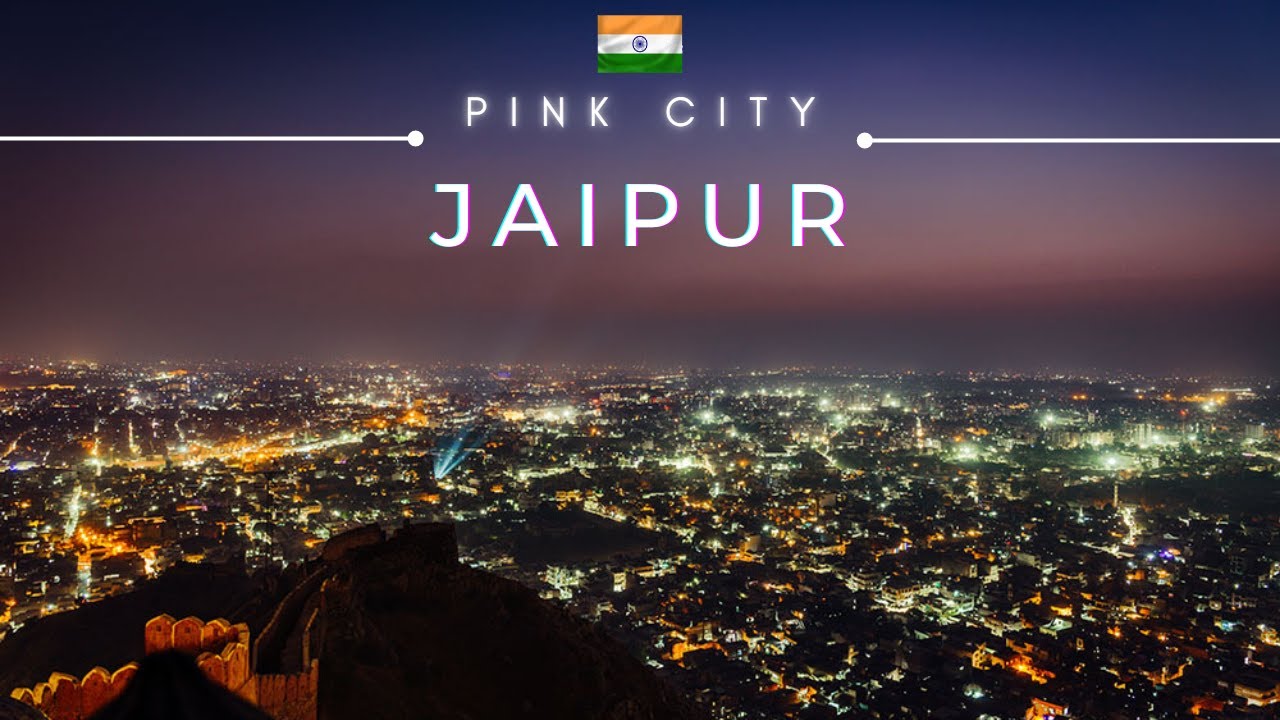
The traditional dress like the lehenga and kurtis are worn by women with traditional taste while saree and salwar kameez are also commonly worn. Men wear trousers and shirts. Wear informal, loose clothes during the day and you won't feel uncomfortable. Smart, casual clothes will do for eating out in the evening or visiting friends.
Jaipur has all major modes of transport cabs, buses, metro and auto rickshaws. There are also unmetered tourist taxis whose stands are situated mainly at all the gates on M. I. Road. Hotels and travel agents can also arrange for taxis. The buses ply on set routes and charge a standard fare. One should insist on paying the auto-rickshaw driver through meter only. For luggage one has to pay an additional rupee for one piece of luggage. The three-wheelers can also be hired for a day on an agreed fare of 550 to 600 for 8 hours.
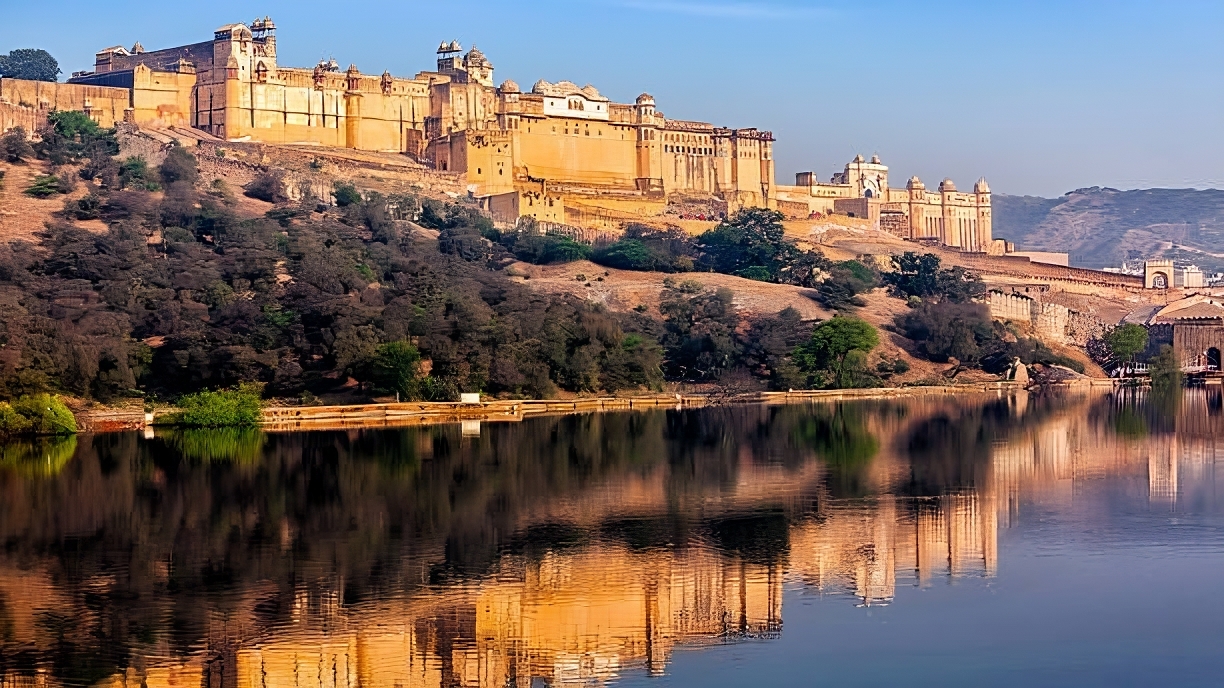
Amber (pronounced Amer) is at a distance of about 11 kilometres from Jaipur. Now a UNESCO World Heritage Site, it was the bastion of the Kachwahas of Amber, until the capital was moved to the plains, to what is today Jaipur. The palace, located in craggy hills, is a beautiful melange of Hindu and Mughal styles. Raja Man Singh I began construction in 1592 and the palace, which was built as a strong, safe haven against attacking enemies, was completed by Mirja Raja Jai Singh. The contrast between the harsh exterior and the inviting interior couldn’t be more surprising. Made entirely of red sandstone and white marble, visitors are left spellbound by the magnificence of the palace that utilises carvings, precious stones and mirrors. The splendour of the palace is enhanced by the breath-taking vista of the Maota Lake in front. The palace is nearly seven centuries old and has a legendary past. Originally a small structure that the Rajputs won from the Meena tribes, it was later transformed into the grand Amber Palace.
About 15 kilometres from Jaipur, Jaigarh Fort was built by Sawai Jai Singh II sometime in the early 18th century amidst the arid, rocky and thorn-scrub covered hills. Despite its ancient construction, it still retains most of its imposing citadel appearance. Visitors can see the world’s largest cannon – Jaiban, at the fort.
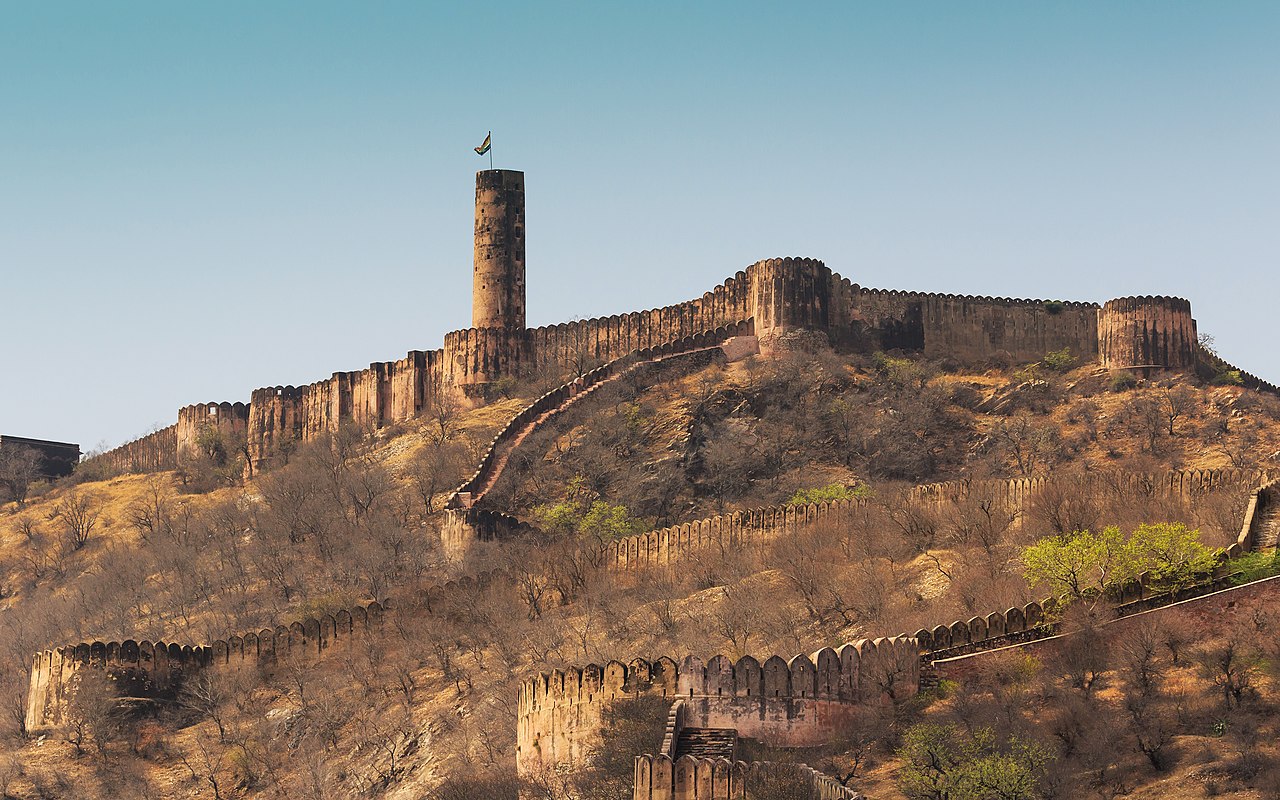
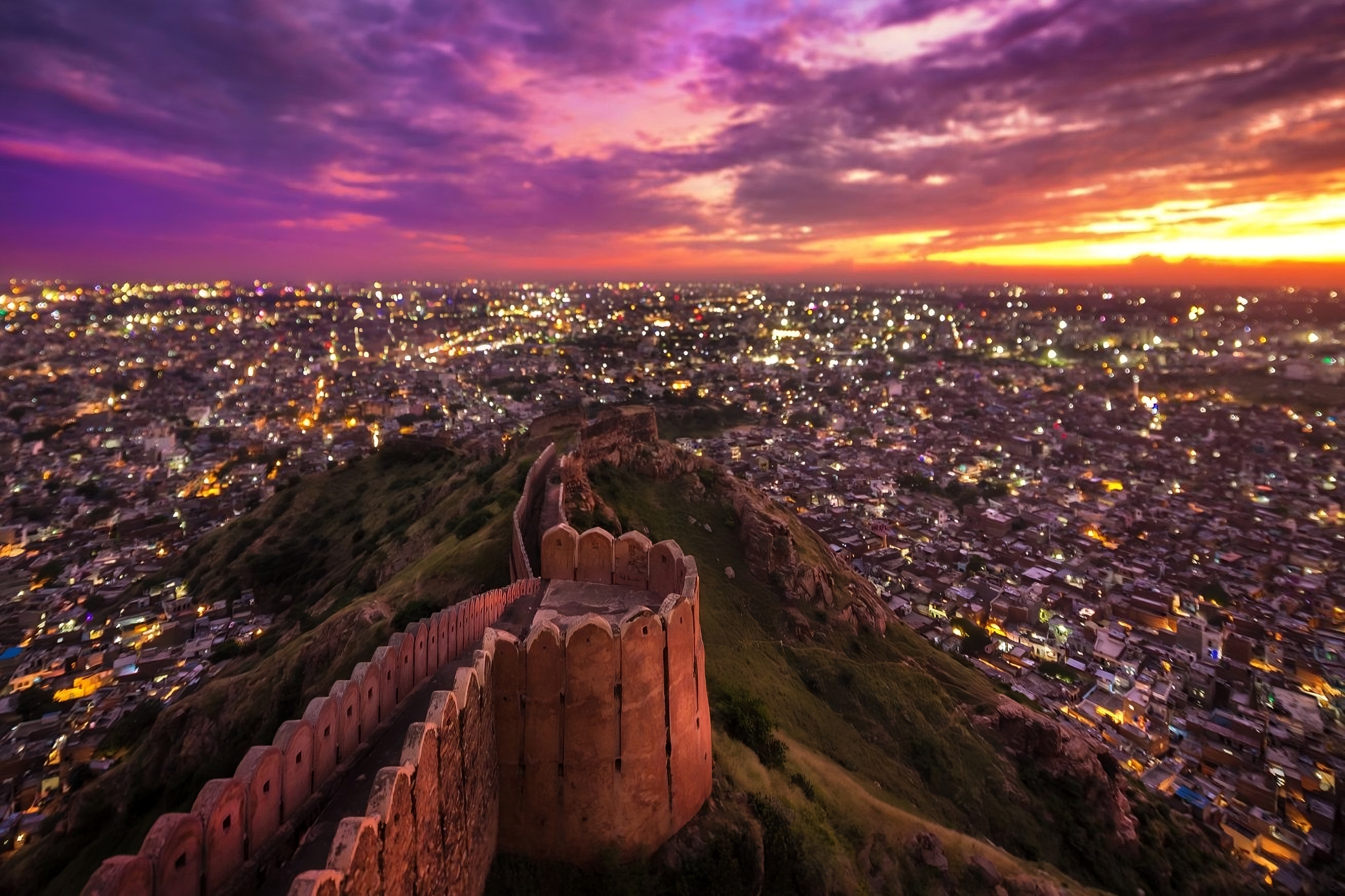
Nahargarh Fort sits proudly on a ridge of the Aravalli Hills, creating an impressive northern backdrop to the city of Jaipur. It was constructed during the reign of Jai Singh in 1734, and was later expanded in 1868. Nahargarh, which means abode of tigers, was a formidable barrier, defending Jaipur against attacking enemies. Within its walls, the fort houses Madhavendra Bhawan, the summer destination for the members of the royal family. Built by Sawai Madho Singh, the palace has 12 matching boudoirs for the queens, at the head of which is a suite for the king. They are all connected by corridors decorated with delicate murals. Even today the palace is a favoured spot for local picnickers. The fort looks brilliant when floodlit at night. Overlooking the city, it presents a glittering view of the city lights.
In Sanskrit, 'Jantar Mantar' is used for 'Magical Devices' and it is undoubtedly so with the huge masonry instruments, which were placed here to measure 'the harmony of the heavens'.. Now a UNESCO World Heritage Site, Jantar Mantar in Jaipur is considered to be the largest of the five astronomical observatories built by Maharaja Sawai Jai Singh II, the founder of Jaipur. It contains sixteen geometric devices, designed to measure time, track celestial bodies and observe the orbits of the planets around the sun. It also houses the Interpretation Centre that helps the tourists to understand about the working principles & chronolgy of the observatory.
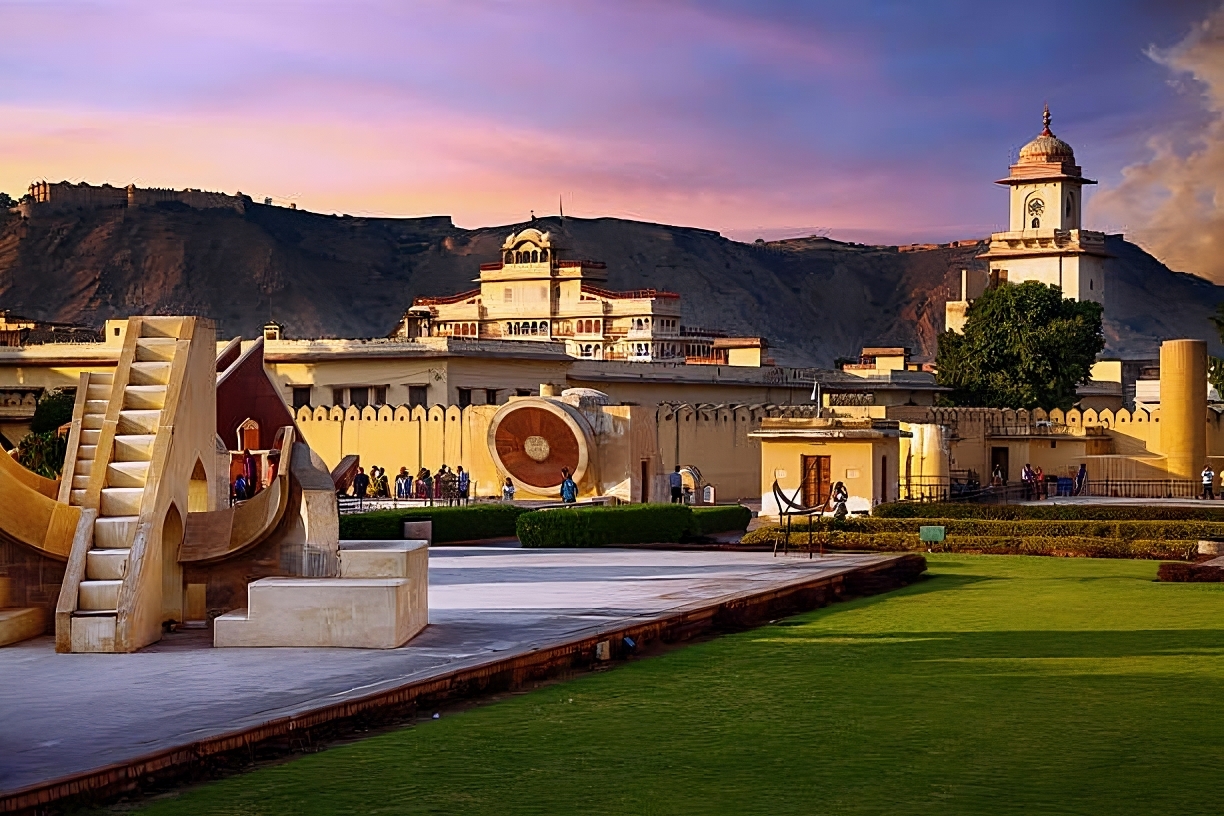

Hawa Mahal, literally the Palace of Winds, was built in 1799 by the poet king Sawai Pratap Singh as a summer retreat for him and his family. It also served as a place where the ladies of the royal household could observe everyday life without being seen themselves. This unique five-storey structure is a blend of Hindu and Islamic architecture, and the exterior, with its small latticed windows (called jharokhas), resembles the crown of Lord Krishna. The windows also serve as an air-conditioner of sorts, blowing cool air throughout the palace, making it the perfect retreat during summers. Built from pink sandstone, the Hawa Mahal is Jaipur’s iconic landmark and visitors can view its complete magnificence from outside, from across the road. However, it is also possible to climb right up to the top for a wonderful view from the windows. Today, the Mahal is maintained by the Archaeological Department of the Government of Rajasthan and also houses an archaeological museum in the courtyard.
Located deep within the walled city, the City Palace Complex was conceived and built by Maharaja Sawai Jai Singh II, the founder of Jaipur. A beautiful fusion of Mughal and Rajput architecture, the palace is still home to the last ruling royal family which lives in a private section of the palace. Maharaja Sawai Jai Singh II is credited with building most of the structures, but it was expanded upon by later rulers as well. The City Palace Complex includes the Mubarak Mahal (the palace of reception) and the Maharani’s Palace (the palace of the queen). Mubarak Mahal now houses the Maharaja Sawai Man Singh II Museum and displays a vast and unique collection of royal costumes, delicate Pashmina (Kashmiri) shawls, Benaras silk saris, and other dresses with Sanganeri prints and folk embroidery. The clothes of Maharaja Sawai Madho Singh I are also on display. The Maharani's Palace, surprisingly, has an interesting display of very well-preserved Rajput weaponry, some dating back to the 15th century. Other than the arms, the palace is adorned with beautiful paintings on the ceiling that are well-maintained.
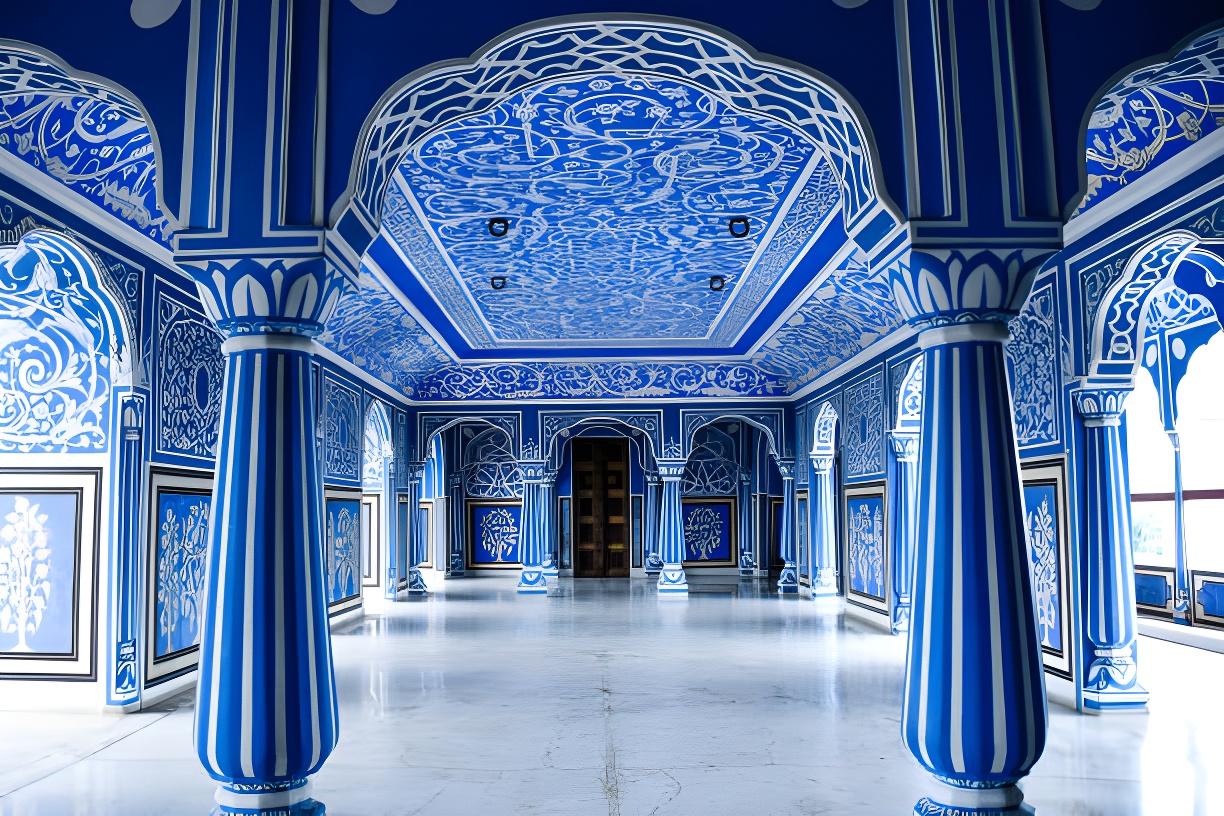

The building gets its name from The Victoria and Albert Museum in London, the inspiration for its design. The exquisitely built Albert Hall is housed in the centre of Ram Niwas Garden. Sir Swinton Jacob (who is also the mastermind behind many other palaces in Rajasthan) conceptualised and designed it using styles from the Indo-Sarcenic architecture and the Prince of Wales laid the foundation stone of the building in 1876. The museum displays a wide range of metal objects, wood crafts, carpets, stone and metal sculptures, arms and weapons, natural stones and ivory goods. It also houses a large collection of miniatures from Bundi, Kota, Kishangarh, Udaipur and Jaipur schools of art.
One of the most wonderful sights in Jaipur is the beautiful Jal Mahal or Lake Palace. The light, sand coloured stone walls and the deep blue of the water make for a wonderful contrast. The palace appears to float in the centre of Man Sagar Lake, where its magnificent exteriors can be enjoyed by tourists.
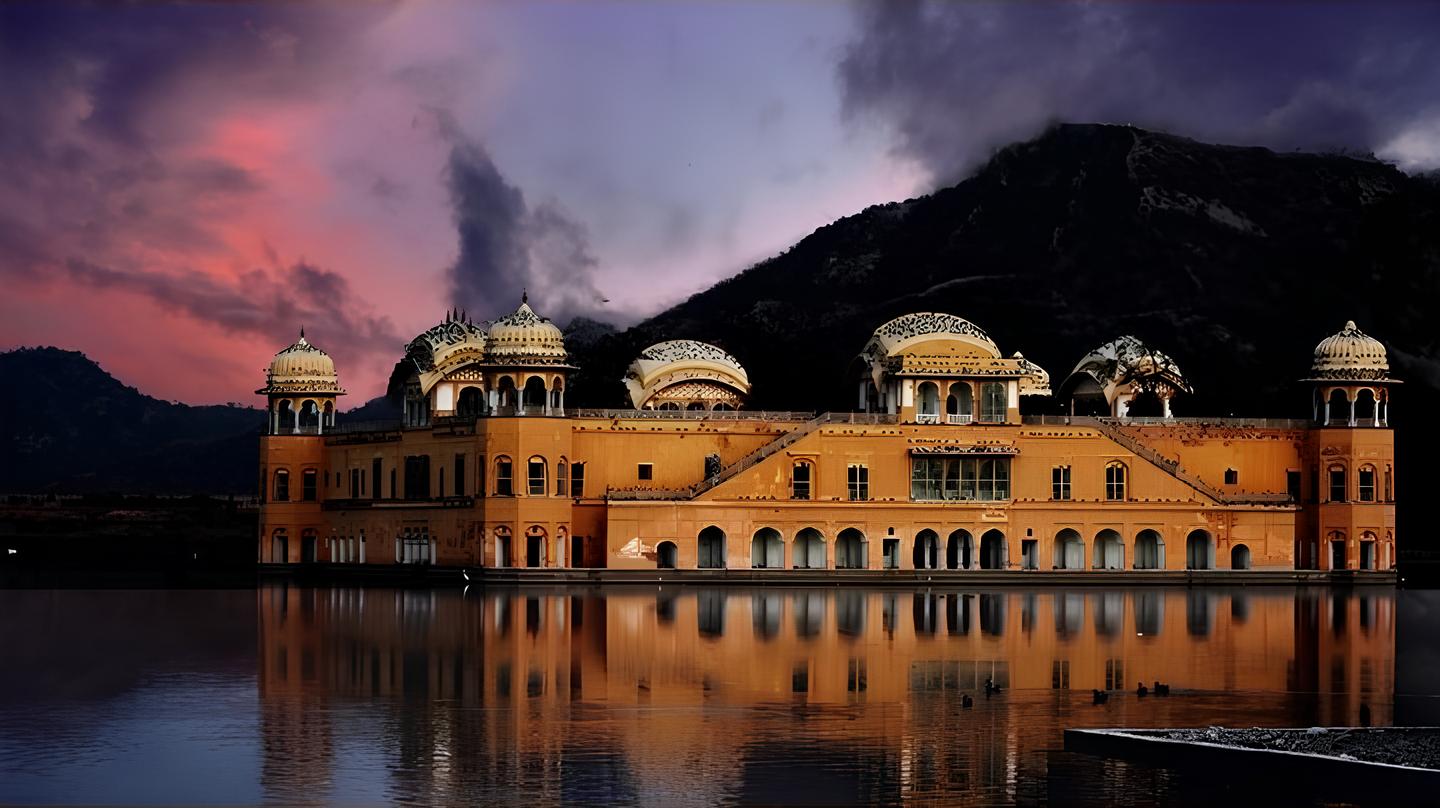

The Lakshmi-Narayan Temple, or the Birla Temple, as it is more popularly known as, is located at the base of Moti Dungari. Built on an elevated platform, this comparatively modern temple is built entirely of white marble and dominates the skyline of south Jaipur. The temple was commissioned and built by renowned Indian industrialists, the Birlas, in 1988. The temple is dedicated to Lord Vishnu, also called Narayan, and his companion, Lakshmi, the Goddess of wealth and good fortune. The temple is a work of art and has a marvellous display of exquisite carvings and sculptures covering many mythological themes. The eye is drawn to the images of Laxmi and Narayan, carved as they are, from one piece of marble. The top of the temple has three domes, each representing the three religions followed in India. This is designed to pay homage to secular India. The temple looks spectacular at night when it is lit up. Other than the main temple, the complex has a museum that exhibits the earlier belongings of the Birla family
Bapu Bazaar, Indira Bazaar, Sireh Deori bazaar & Hawamahal street market
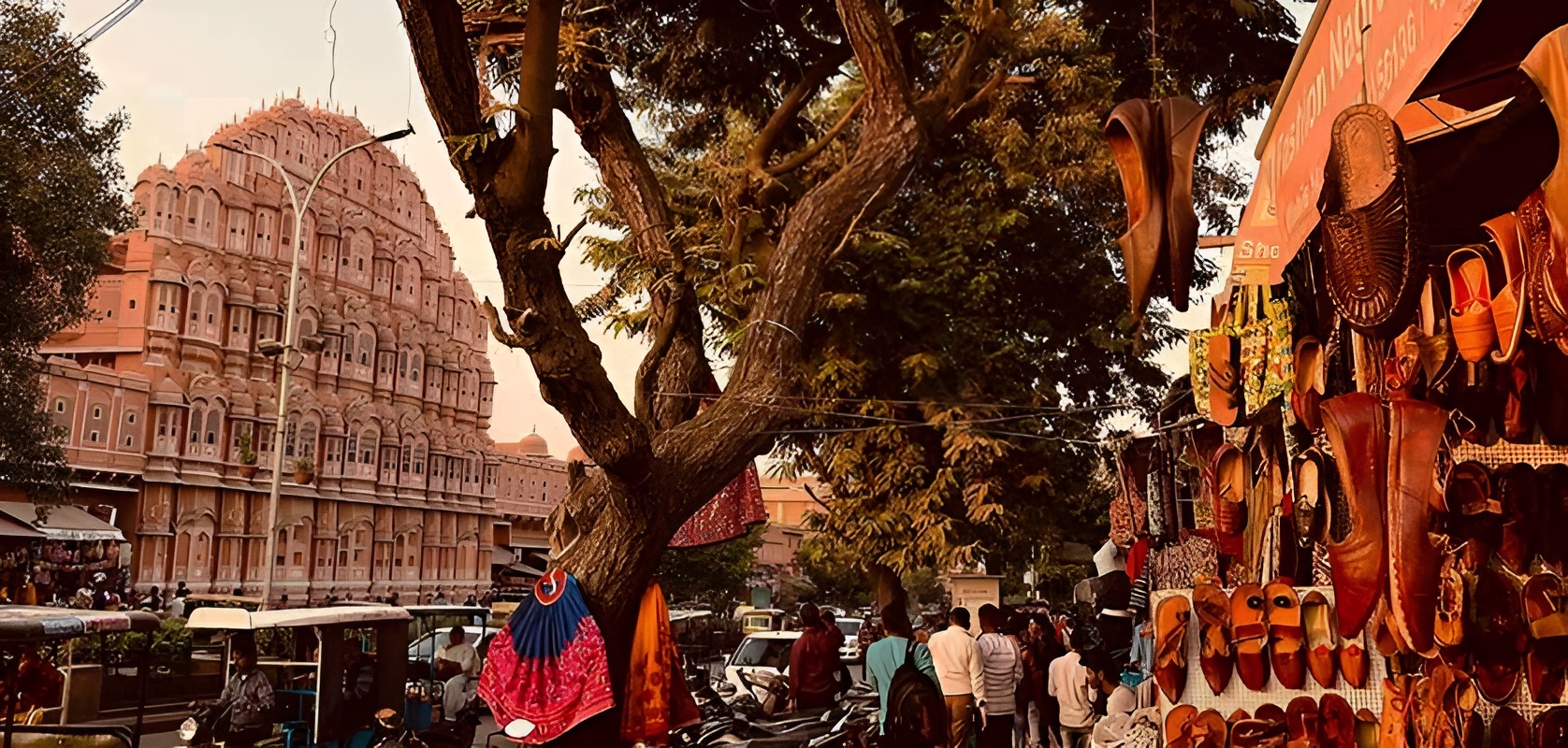
Motorsport is an adventure spot for those looking for long break free from their monotonous routines.
It's an informative and exciting farm trip offers visitors recreational activities along with the awareness program on these giants. You will be able to appreciate an enjoyable elephant safari, shower with these animals, and also feed them. An ideal destination to make the most of your family holidays.
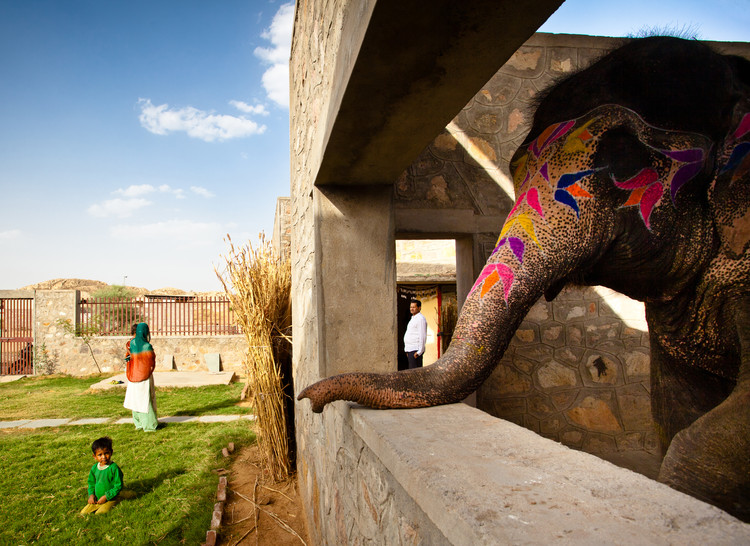
.jpg)
Just off the Jaipur-Amber road is Gaitore, where the former Maharajas of Jaipur are entombed. The chhatris (cenotaphs), made of white marble display the distinctive Rajput style of architecture. The open pavilions with ornate domes are supported by delicately sculpted pillars. The crematorium is located in the middle of yellow sandstone hills. The décor and extravagance of a particular chattri is meant to reflect the stature and prowess of the ruler it contains. The most graceful and beautiful chattri at Gaitor is that of Maharaja Jai Singh with 20 carved pillars. Tourists are especially drawn towards it because of its intricate carvings.
Galtaji is an ancient pilgrimage centre in Jaipur. Set amidst low hills and packed with locals and tourists alike, the attractive spot has temples, pavilions and holy kunds (natural springs and water tanks). Visitors to Galtaji will come across the complex of Ramgopalji temple, locally called the Monkey temple (Galwar Bagh). It gets this moniker because of a large group of resident monkeys. The green landscape and chattering monkeys add to the delight of the area. On top of the hill is a small temple dedicated to the sun god, called the Surya Mandir. Constructed by Diwan Kriparam, the temple can be seen from anywhere in the city.
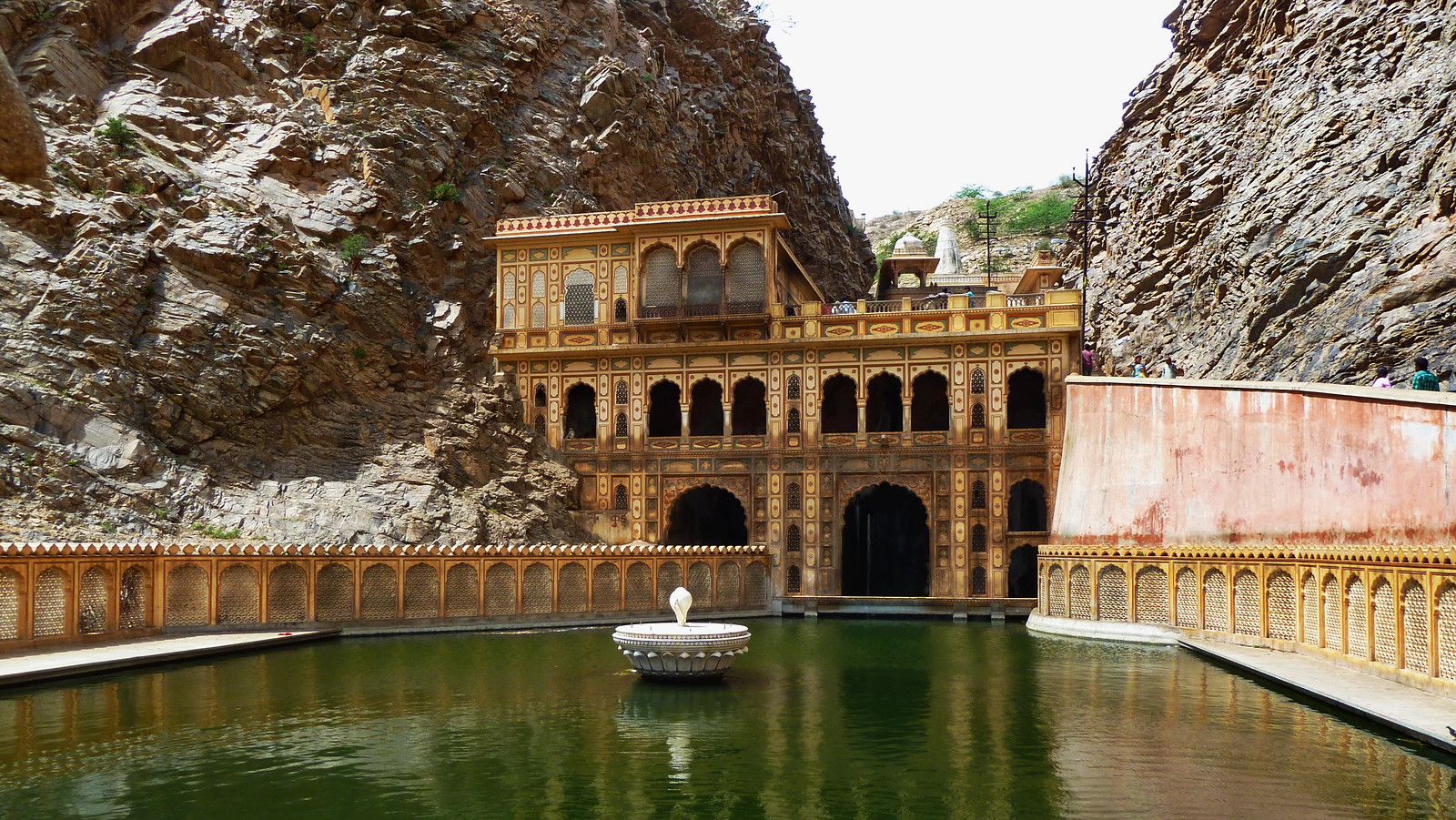
.jpg)
Ishwar Lat, is a 60 feet high grand minaret in Jaipur. Also called 'Swarg Suli' or 'heaven piercing minaret', this tower near Tripolia Gate was built by Raja Ishwari Singh in 1749 A.D to commemorate a grand victory. Ishwar Lat offers a breath-taking view of Jaipur.
Samode is located 40kms northwest of Jaipur on Jaipur-Sikar road. The beautiful 475 year old Samode Palace provides a fine example of the Rajput haveli architecture while Samode Bagh offers luxurious tent accommodation. Visitors can experience the rural lifestyle by taking a camel safari through the village and visit local craftsmen.
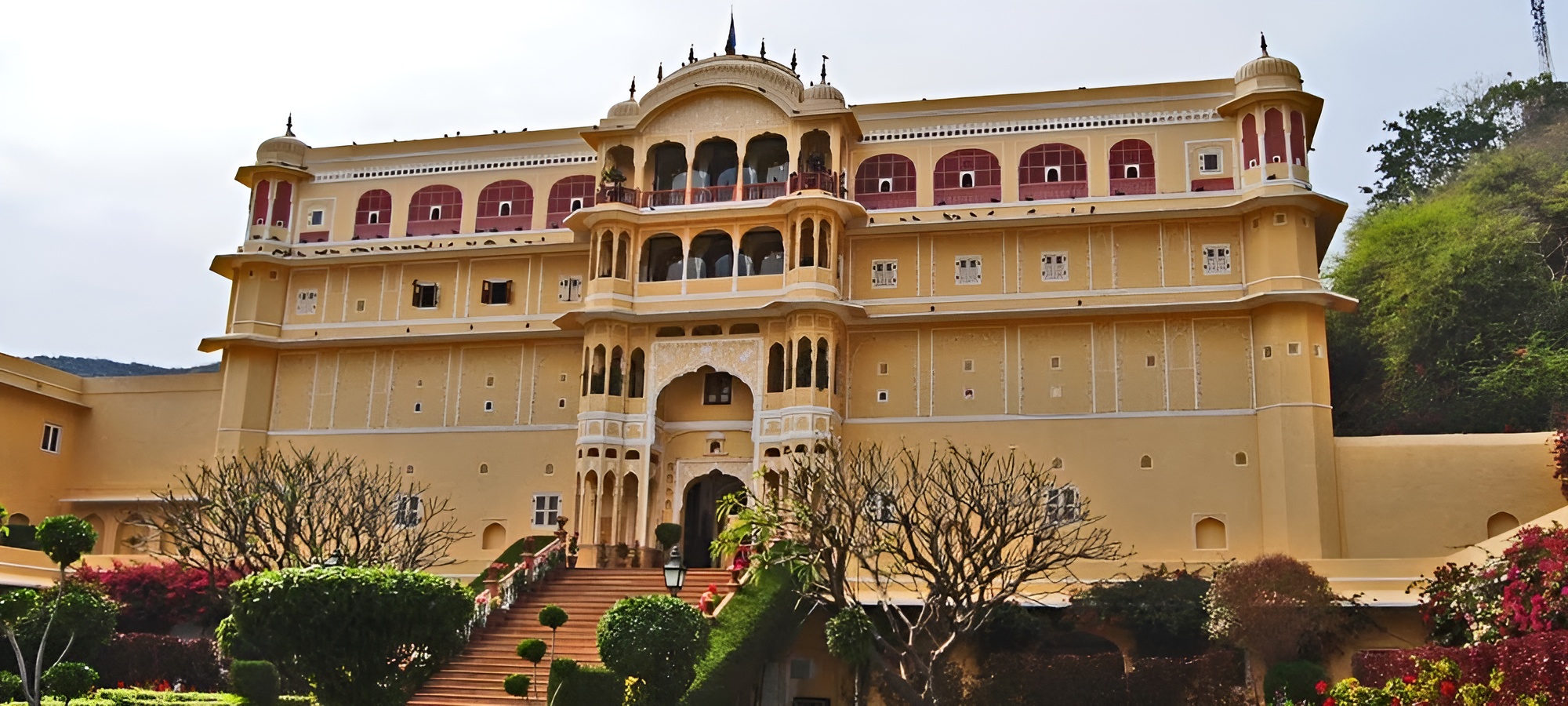
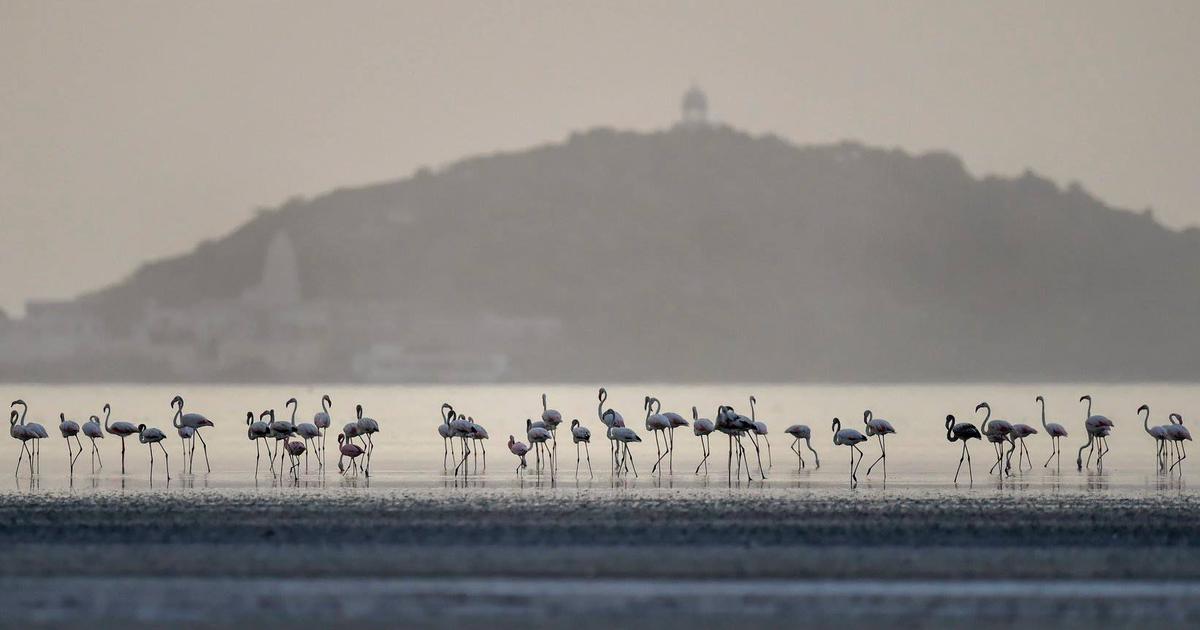
Sambhar Lake is one of the largest inland salt lake and lies just 70 kms from Jaipur. It is an incredible landscape, almost resembling the Rann of Kutch, Gujarat. Apart from producing a large percentage of India's salt supply - it also an incredible place to spot birds including large flocks of flamingos. The views from the Shakambhari Mata Temple are breathtaking at sunset and one can spend hours in solitude. Another unique aspect is the Saltwork's own railway system built to transfer salt from the pans to the processing unit. A visit to the salt lake and a walk in the Sambhar town is also a must do activity. Devyani Kund, Sharmishtha Sarovar, Salt Museum, Circuit House, etc are also important places to visit in Sambhar. One can also visit religious sites Naraina & Bhairana on the way to Sambhar.
Jhalana Safari Park is an expansive and beautiful safari park in Jaipur that’s popular for its leopard sightings. The forest block has an area of 1978 hectare and is situated on south eastern border of Jaipur city. Until 1860, the park was under Feudalistic rule. It was the exclusive property of the erstwhile Jaipur estate and was basically used by the royals to play sports, and to meet the fuel and fodder needs of neighbouring villages. In 1862, Dr Brandis was appointed as the Inspector General of the forest to supervise the administration of the forest under a systematic management. The park is immensely rich in flora and fauna, and the vegetation here is categorized as northern tropical dry deciduous forest type. The safari tour here is raw, wild, and forthcoming, as the park lets the visitors witness wildlife in its natural habitat. Besides leopards, the safari also has around 15-20 panthers reigning the forest area. Other wildlife viewing opportunities at Jhalana Safari Park entail insightful excursions for discovering and exploring diverse wildlife, including striped hyenas, desert fox, golden jackal, chital, Indian palm civets, blue bulls, jungle cat, and many more. Besides this, the Jhalana Safari Park is a bird watcher’s paradise too, as it is home to various species of birds, including the Indian Pitta, Dusky Eagle, Owl, Spotted Owlet, Indian roller, sikra, and hawks, among others. With its expansive landscapes and diverse animal life, there are a few popular places of interest in the park as well; namely, a majestic shikar oudhi built in 1835 by Sawai Ram Singh, a big temple of Kali Mata, and a Jain Chulgiri Temple.
